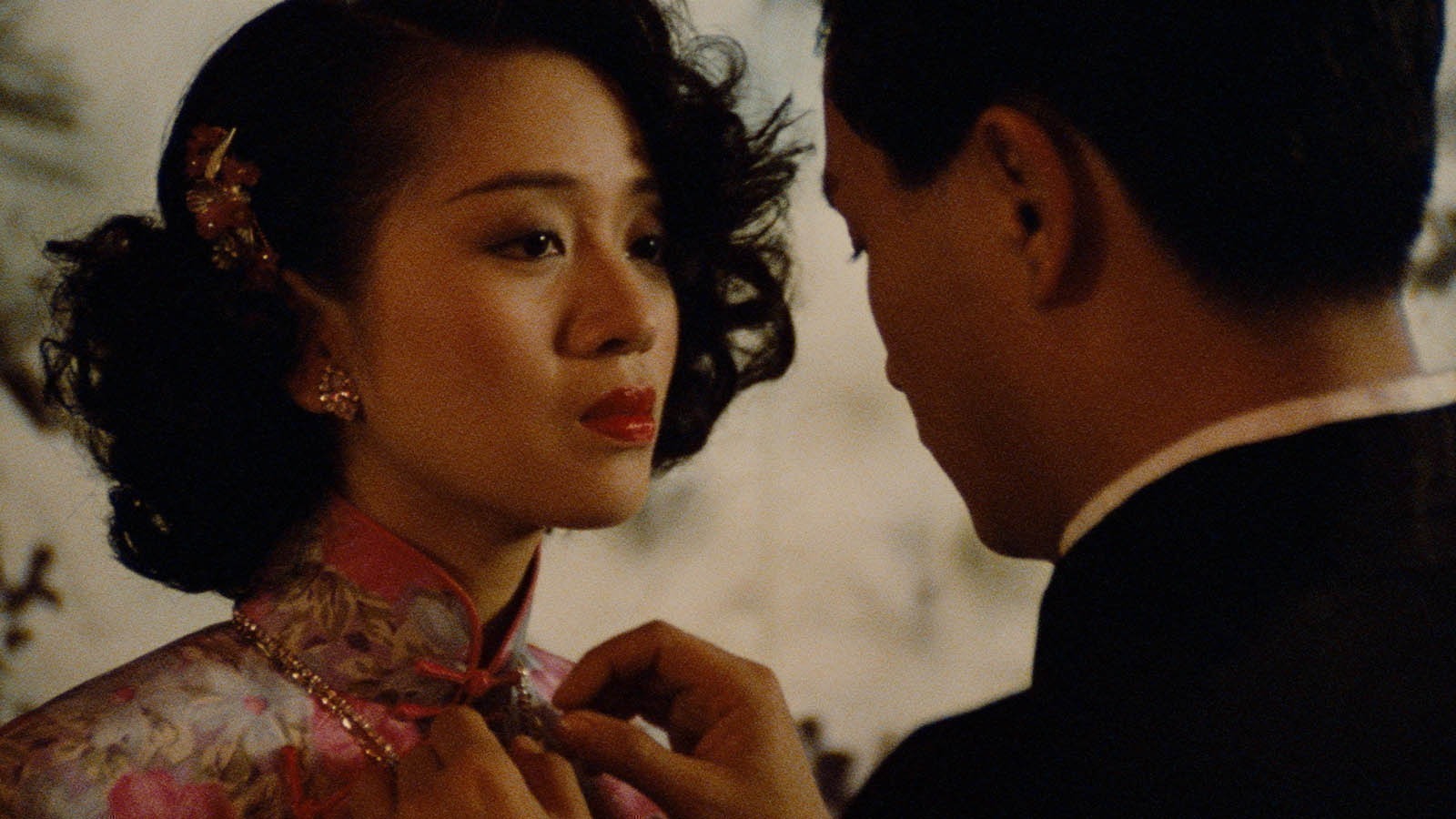Over Time

Before pointing you toward five terrific reads, let’s note that anyone looking for more summer reading will find plenty in the new issues of NECSUS Journal and Film Criticism. As guest editors for NECSUS, Nicholas Baer and Maggie Hennefeld have put together a special section, #Rumors, that rides roughly along three tracks: Feminist Whisper Networks, Queer Fabulations, and Doxa Goes Viral—doxa, by the way, is an Ancient Greek word for common belief or popular opinion as opposed to episteme, or knowledge. Definitely a notion for our time. The new issue also features articles and audiovisual essays on Christian Petzold, Claire Denis, and Max Ophuls. In Film Criticism, you’ll find stimulating new work on Jacques Tati, Arthur Jafa, Abbas Kiarostami, Andrea Arnold, Guy Maddin and Alfred Hitchcock, and Jordon Peele and Stanley Kubrick.
- This week saw the release of our new edition of Stanley Kwan’s Rouge (1987), and a terrific complement to Aliza Ma’s notes on the film’s backstory and Dennis Lim’s essay is a new piece from Alex Kong for Artforum. “Rouge finds Kwan borrowing the structure of a ghost story to explore how the pressures of modernity penetrate and reshape even the deepest regions of one’s innermost desires,” writes Kong. As a pair of journalists in contemporary Hong Kong agree to help a ghost track down the lover from whom she was separated fifty years ago, “it becomes clear that the amphetamine pace of historical change has transformed not only the concrete environs of Hong Kong, but the interior terrain of its denizens as well.”
- Contrasting the work of Hong Sangsoo with that of such contemporaries as Bong Joon Ho and Park Chan-wook, Dennis Zhou argues in the Nation that “no filmmaker has been able to chronicle the long hangover of South Korea’s abrupt exit from military dictatorship and rocky entry into the global economic and cultural marketplace as ably as Hong.” His films “document the experience of living in a nominally ‘post-political’ era, in a country where the potential to radically restructure society briefly materialized before fading away into mere economic security. Recreating this world while continuously reshaping it, Hong’s oeuvre constructs an aesthetics of the apolitical which is anything but.”
- Five Dials is a free online literary magazine from Hamish Hamilton, an imprint of Penguin Books, and the new issue features a beautifully evocative essay from Kevin Brazil. Two trips, one in the late spring and one in the dead of winter, to Prospect Cottage, the house on the southeastern coast of England where Derek Jarman lived and worked during the last years of his life, lead to thoughts on Jarman as an artist and as a gay icon. “The English aren’t half as queer as Jarman would have liked to think,” writes Brazil. “In the end, he never dispelled himself of the illusions of Englishness. England was where he wanted to find a home: among gay kings, queer soldiers, and punk queens. We all need illusions in which to feel at home. England was his. But his England wouldn’t be mine.”
- Vulture has paired a great interviewer, E. Alex Jung, with an outstanding interviewee, Laura Linney. The daughter of a playwright, Linney studied acting at Juilliard, where she now sits on the board of trustees. So along with the stories we come to these interviews for—about working with Kenneth Lonergan on You Can Count on Me (2000), with Philip Seymour Hoffman on The Savages (2007), and so on—there’s considerable discussion of technique and lessons learned. Why, for example, would a director who answers questions too quickly raise a red flag? “Too knowing,” says Linney. “It’s already stunted. It’s already done. There’s no sense of discovery. There might not be room for contribution. It’s nice when there’s a pause if you ask a question. Some people know what they know, and that’s great. But when you’re geysered, it’s lonely.”
- On Wednesday, IFC Films released the U.S. trailer for Claire Denis’s Both Sides of the Blade, starring Juliette Binoche, Vincent Lindon, and Grégoire Colin as three corners of a love triangle. Blade is “a peculiar film to place in Denis’s oeuvre,” finds Blair McClendon at 4Columns. “It is suffused with regret and yearning, while also trying to push toward something new. Faces from some of her most celebrated movies appear here: Alice Houri, Lola Créton, Mati Diop, in addition to the three leads. While it is not uncommon for directors to work with the same actors, Denis’s doing so in Both Sides of the Blade feels, as it did in Martin Scorsese’s The Irishman, like a taking stock . . . Still, one is hesitant with great artists to call something a ‘late work.’ It holds unseemly implications about entropy and the forward march of time. Claire Denis has never been faithful to time.”



